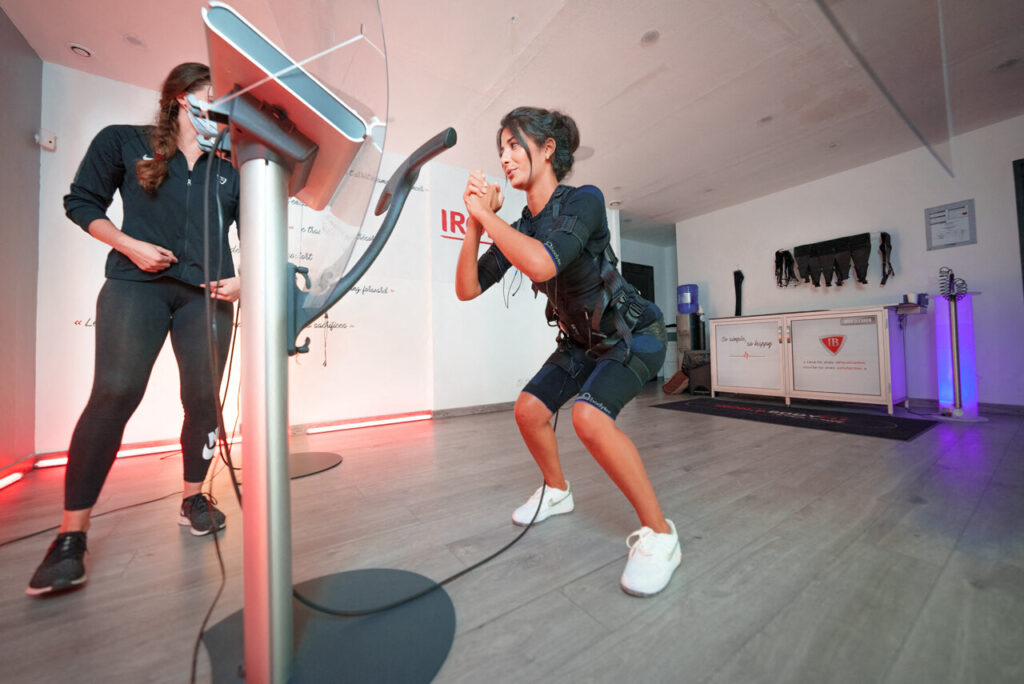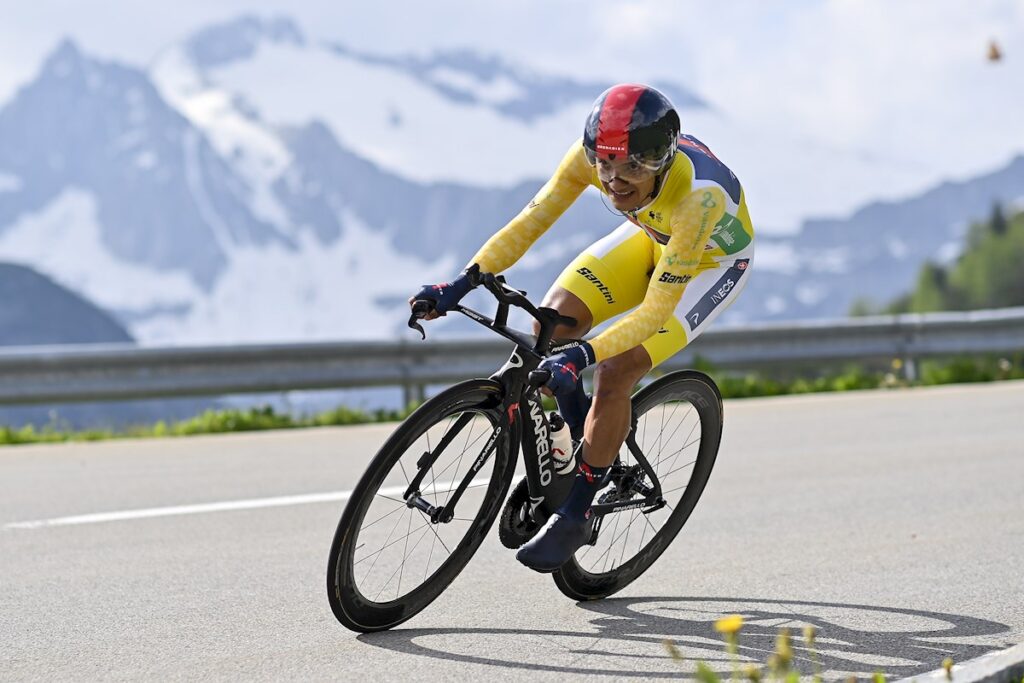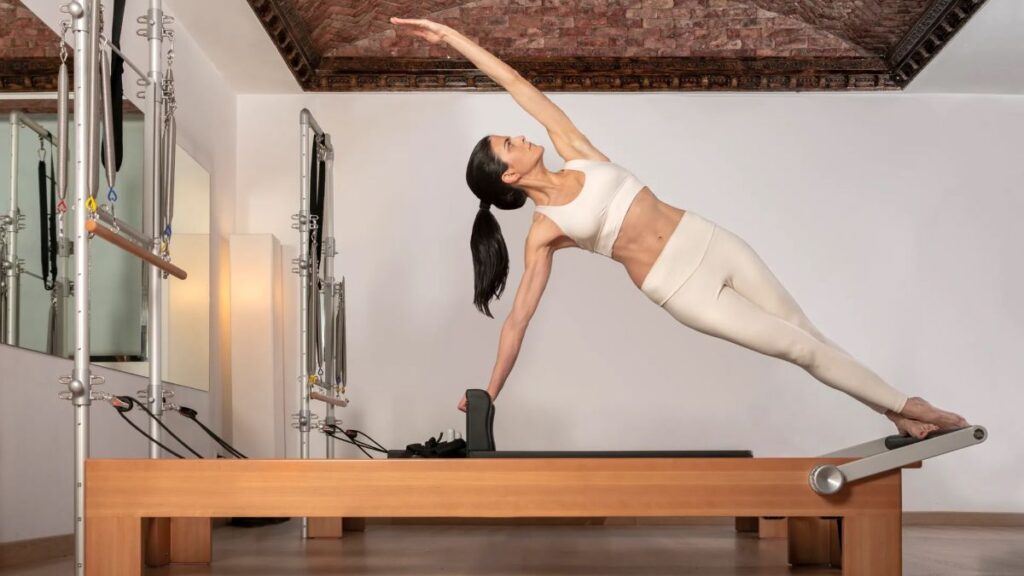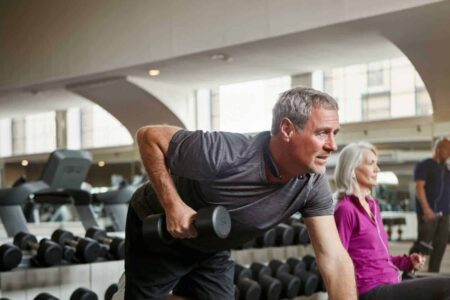With the arrival of September, many people are preparing to resume their usual routines after the summer holidays. This month is a time of reorganisation and planning, including a return to physical activity and sport. However, habits related to fitness and physical activity have changed considerably in recent years, especially due to the pandemic and changes in many people's lifestyles. Let's take a look at how these habits have evolved, the new trends and the challenges people face in reconciling sport with their daily responsibilities.
No breaks: doing sport is a question of habits
A part of the population does not stop exercising even during holidays. These people are often those who have integrated sport as an essential part of their daily lives. For them, physical activity is not only a way of keeping fit, but also a means of managing stress and maintaining a sense of well-being. This attitude of continuity contrasts with those who see holidays as a period of total rest, including from exercise.
Recent studies show that the group that maintains consistent physical activity during holidays tends to experience fewer difficulties when returning to their post-vacation routines. The key is that these individuals see exercise as an intrinsic part of their life, similar to eating or sleeping, which facilitates continuity.
Choice or conciliation?
For many, September marks a return not only to work, but also to a range of family and personal responsibilities. Reconciling these tasks with an exercise routine can be a significant challenge. A commonly adopted strategy is to plan ahead, integrating exercise into fixed schedules that do not interfere with work or family obligations. For example, training early in the morning or at the end of the day can be an effective solution.
Another approach that is gaining popularity is short but intense workouts, such as high-intensity interval training (HIIT), which allows similar benefits to longer workouts in less time. This is especially useful for those with busy schedules.

The economic impact of sport
Playing sports and being physically active can have a considerable impact on people's wallets. From joining gyms to buying sports equipment and clothing, the costs can add up quickly. However, in recent years, there has been an increase in the availability of free or low-cost resources, such as fitness apps, online videos and community training groups.
In some cities, local governments have launched initiatives to promote physical activity through free exercise programmes in parks and public spaces. This approach not only reduces the associated costs, but also fosters a sense of community and accessibility to physical activity for people from all walks of life.
New trends
This year, the popularity of outdoor sports and activities that can be done independently, such as cycling, running and hiking, is expected to continue. The pandemic has driven a preference for these sports but artificial intelligence has made them increasingly competitive and technological. For the more lazy, time-poor and fantasy-minded, virtual and electro-stimulation-based gyms where one 25-minute session per week is equivalent to 4 hours of sport!
In addition, activities that combine physical exercise with mental well-being, such as yoga and pilates, are experiencing a resurgence. These disciplines not only improve flexibility and strength, but also help to reduce stress, which is essential in uncertain times.

How priorities change
Perceptions of the importance of physical exercise vary significantly between different cities and areas of residence in Spain. In large cities such as Madrid and Barcelona, where the pace of life is faster, exercise is often seen as an essential way to unwind and maintain balance. In contrast, in rural areas or smaller towns, outdoor activities and team sports may be more common, reflecting a different lifestyle.
In addition, social class and education level also play an important role. People from higher socio-economic backgrounds and with more education tend to place more importance on regular exercise, not only for health reasons but also as a social and networking activity. In contrast, in communities with fewer resources, lack of time and money can be a barrier, although the increase in free and community resources is helping to bridge this gap.
Either way, get moving!
The return to routine in September brings with it a renewed focus on sport and physical activity, albeit with significant variations in how and why it is practised. The key for many people will be to find ways to integrate exercise into their lives in a way that is sustainable and accessible, balancing the demands of work, family and finances. With new trends and an increasing focus on health and wellbeing, fitness remains a priority, albeit adapted to current times and individual needs.






